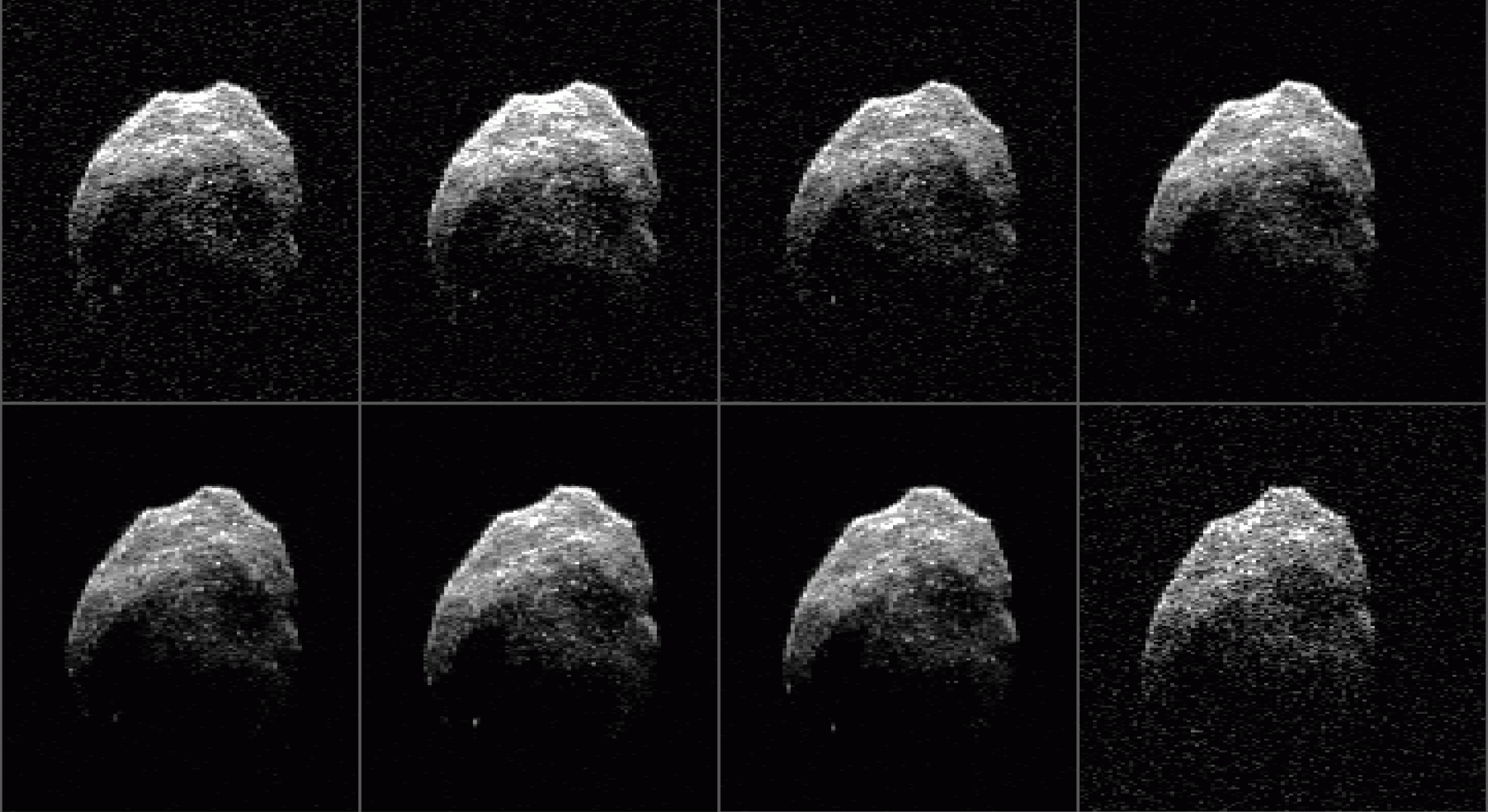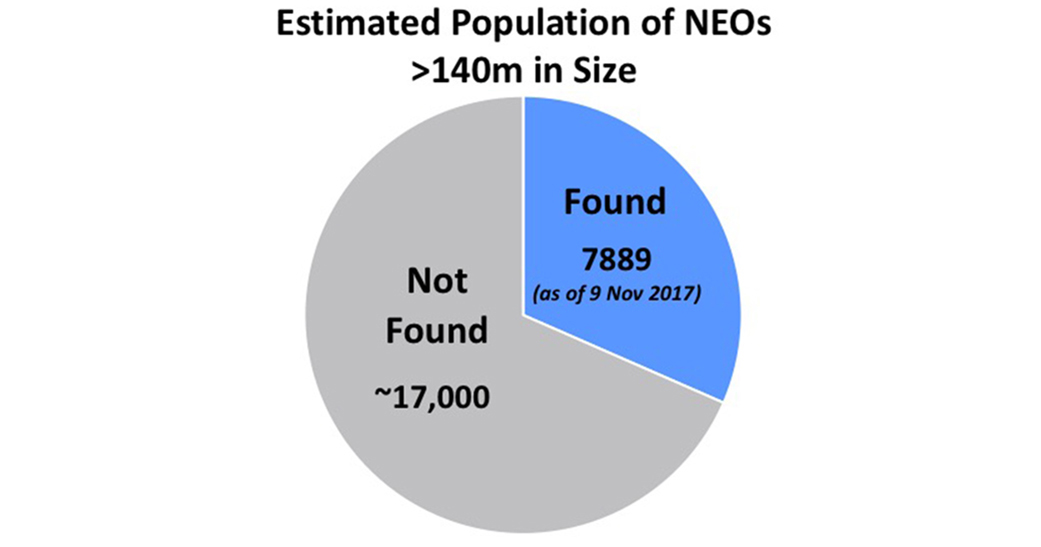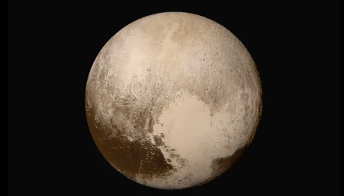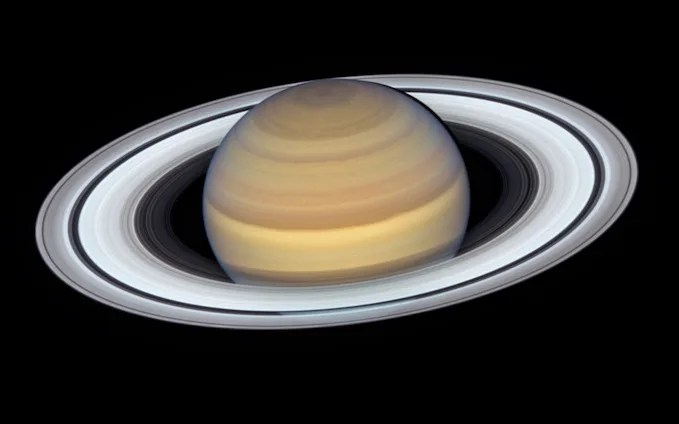
A new report on near-Earth asteroids confirms that NASA is making progress with regard to detection of objects that pose the greatest risk if they were to collide with Earth, but there are still many more to be found.
The just-released science definition team (SDT) report validates a similar conclusion of a report prepared in 2003: that asteroids 460 feet (140 meters) and larger are of greatest concern and should continue to be the focus of global detection efforts.
“We’ve learned a lot about the population of near-Earth asteroids since 2003, and the effectiveness of ground-based surveys. So, we chartered a team of experts in late 2015 to update estimates of what’s out there, what’s yet to be found, and what’s possible with the technology available to us today,” said Planetary Defense Officer Lindley Johnson at NASA Headquarters in Washington. “While we have much work to do, I’m encouraged by developments in infrared technology, which have the potential to significantly advance our ability to find and determine the size of near-Earth objects before they find us.”
NASA’s 2005 authorization legislation directed the agency to find 90 percent of all near-Earth objects 140 meters or larger by the end of 2020—a total population the SDT estimates to be about 25,000. Completing this catalog, as described in the report, would eliminate 99 percent of the risk to human populations from an asteroid undetected before impact.
To date, more than 7,800 of these larger near-Earth asteroids (NEAs) have been discovered and cataloged, with 95 percent of the discoveries from NASA-funded surveys. NASA continues to discover about 500 asteroids larger than 140 meters in size per year using mostly ground-based telescopes; however, NASA does not expect to meet the 2020 goal by using primarily ground-based telescopes.
A number of major advances have come in recent years. Experts are better able to estimate the total population of near-Earth asteroids and have a much better understanding of NEAs’ size and albedo (brightness) distribution, which are important for estimating the size of individual asteroids. Because of advances in characterizing asteroids, there is now a greater appreciation of the difficulties in finding the remaining (mostly smaller) objects, since scientists now know NEAs are generally darker than they anticipated in 2003. There also is access to more and better tools for modeling of NEA impact effects to assess the damage that could occur based on size of the asteroid.
“The bottom line remains the same as it did in 2003: finding the larger asteroids and establishing accurate orbits for each long before any potential impact will eliminate the great majority of the risk to human populations of an unwarned asteroid impact,” said Grant Stokes of MIT Lincoln Laboratory, chair of the science definition team. “As in 2003, the threshold for the critical asteroids to find is 140 meters in size. Our much more sophisticated understanding of the damage that would be caused by impacts allowed the team to assess more accurately the benefit of finding potential impactors early enough to attempt to prevent the impact.”
The Near-Earth Object Science Definition Team, in addition to being chaired by Stokes, was comprised of leading researchers in astronomy and space science from NASA Headquarters and NASA’s Jet Propulsion Laboratory, Ames Research Center, and Goddard Space Flight Center; MIT Lincoln Laboratory; Johns Hopkins University Applied Physics Laboratory; University of Hawaii; Southwest Research Institute; Planetary Science Institute; and NEO Sciences, LLC. Several of the current team members also participated in the 2003 study; this overlap in membership enabled an efficient reconsideration of the issues using a similar methodology to that used in 2003.
The report was prepared at the request of the Planetary Defense Coordination Office in NASA’s Science Mission Directorate, Planetary Science Division.
The new report can be downloaded at:
https://www.nasa.gov/planetarydefense/supporting_documents.
For more information about NASA’s Near Earth Object Observation Program, visit:
For NASA’s Planetary Defense Coordination Office and planetary defense efforts see: https://www.nasa.gov/planetarydefense/overview.


































